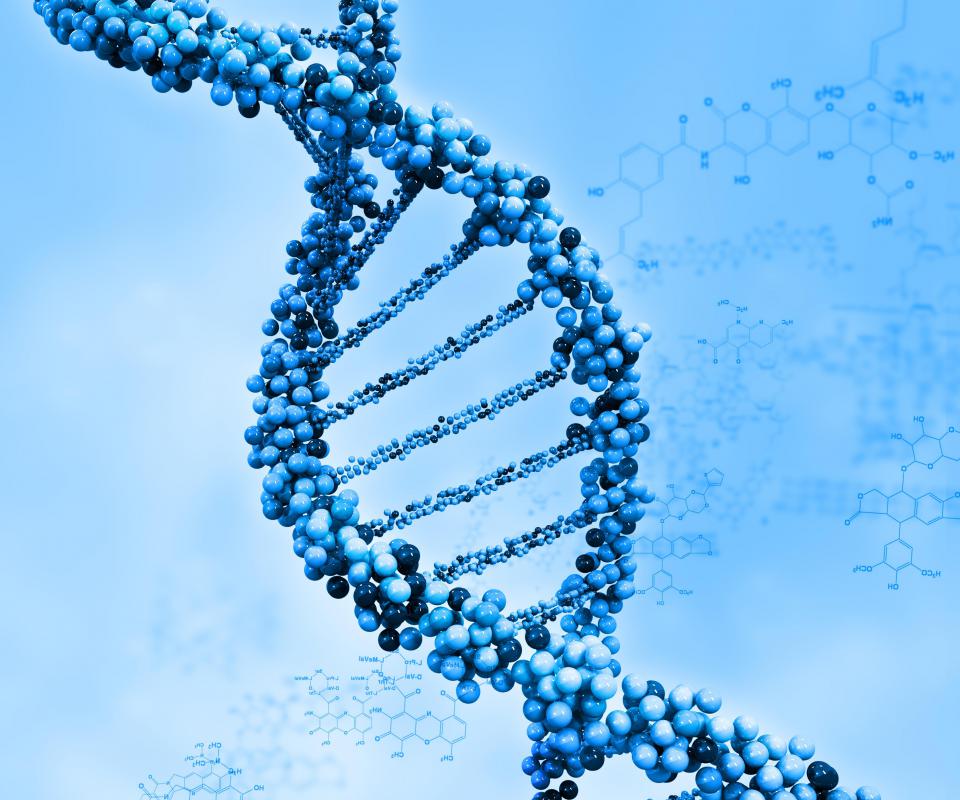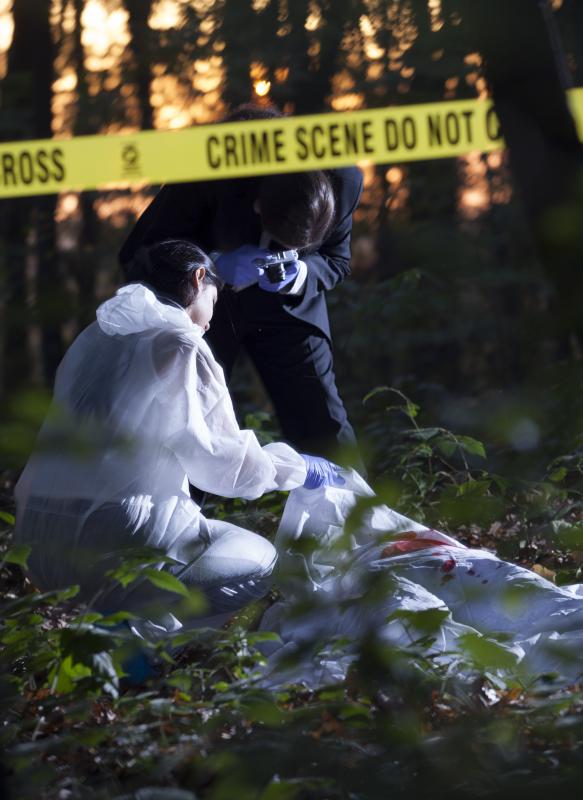At WiseGEEK, we're committed to delivering accurate, trustworthy information. Our expert-authored content is rigorously fact-checked and sourced from credible authorities. Discover how we uphold the highest standards in providing you with reliable knowledge.
What is Forensic Profiling?
Forensic profiling is a process which is used to assimilate data about a crime scene, victim, and offender with the goal of helping investigators find the offender and successfully prosecute the case. A number of disciplines are involved in forensic profiling, and usually a skilled team works together to generate a profile, although one person may act as the head of the team. Like other aspects of forensics, forensic profiling is constantly advancing with new research, tools, and information.
People may think of psychological profiling when they hear the term “forensic profiling,” and psychological profiling is definitely a part of forensic profiling. The process can also include forensic chemistry, handwriting analysis, DNA fingerprinting, and a variety of other techniques, all of which are designed to generate a more complete picture. With this picture in hand, investigators can focus their efforts on avenues of pursuit which are most likely to yield results.

Forensic profiling starts with an examination of the crime scene and the evidence. Instead of just looking at the surface information, such as the presence of a gun or a bloodstain, forensic profilers think about things like the location of the crime scene, the time that the crime as committed, and the surrounding area. They think about why that particular site was selected, and what kind of person might be drawn to that area. The evidence is examined in the same way, with the idea of learning more about how the crime happened, and why it happened in the way that it did; whether the gun was registered or not, for example, might provide information about the crime beyond the obvious link to a gun owner or sales history.

In the laboratory, forensic profilers use a number of tools to examine evidence. They may also rely on materials which are not necessarily admissible in court, but still useful, ranging from the results of interviews with people who knew the victim to independent research in the area where the crime occurred. Each member of the forensic profiling team works with the others to put together pieces of the puzzle which provide insights into the crime.

Investigators utilize forensic profiling to help them narrow down potential suspects, or to support a case against a particular suspect. If the nature of a crime suggests, for example, that someone with particular cultural habits committed the crime, investigators can look for people who match that cultural profile, rather than casting a huge net over the area and coming up with large numbers of potential suspects. Sometimes, forensic profiling can be extremely precise, especially when an offender leaves numerous psychological clues to his or her behavior behind at the crime scene.
AS FEATURED ON:
AS FEATURED ON:
















Discuss this Article
Post your comments